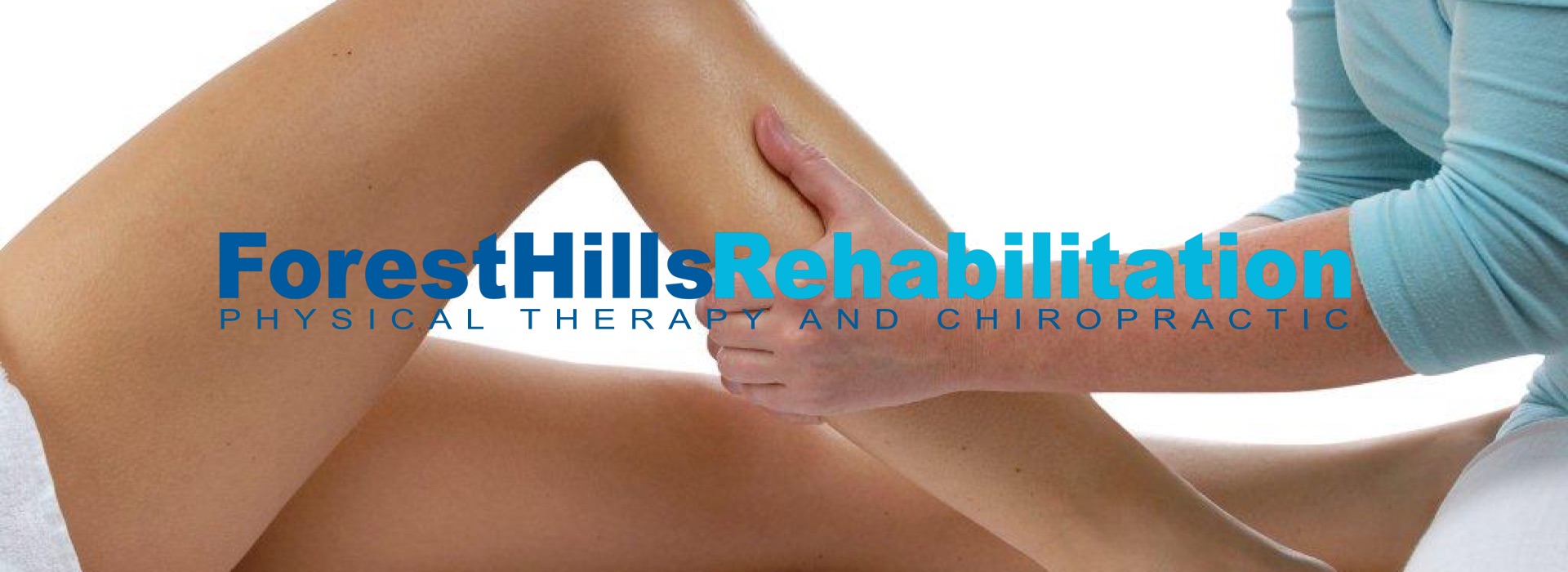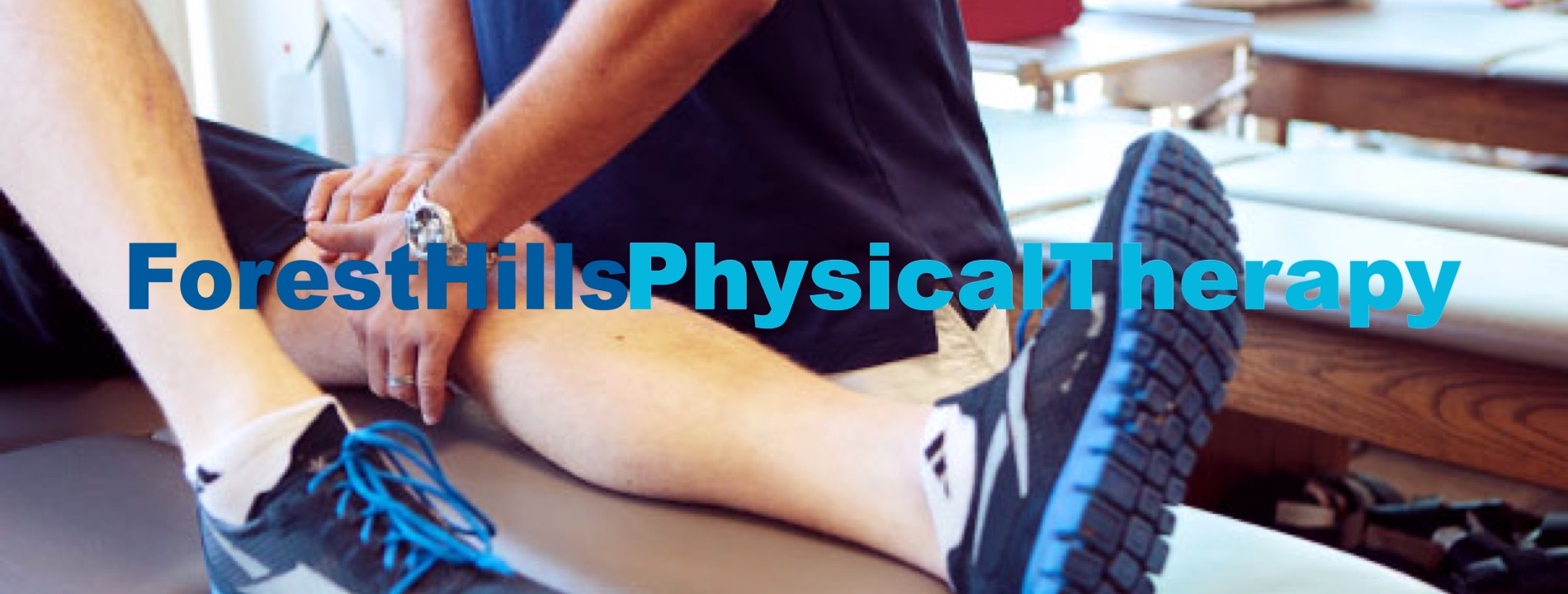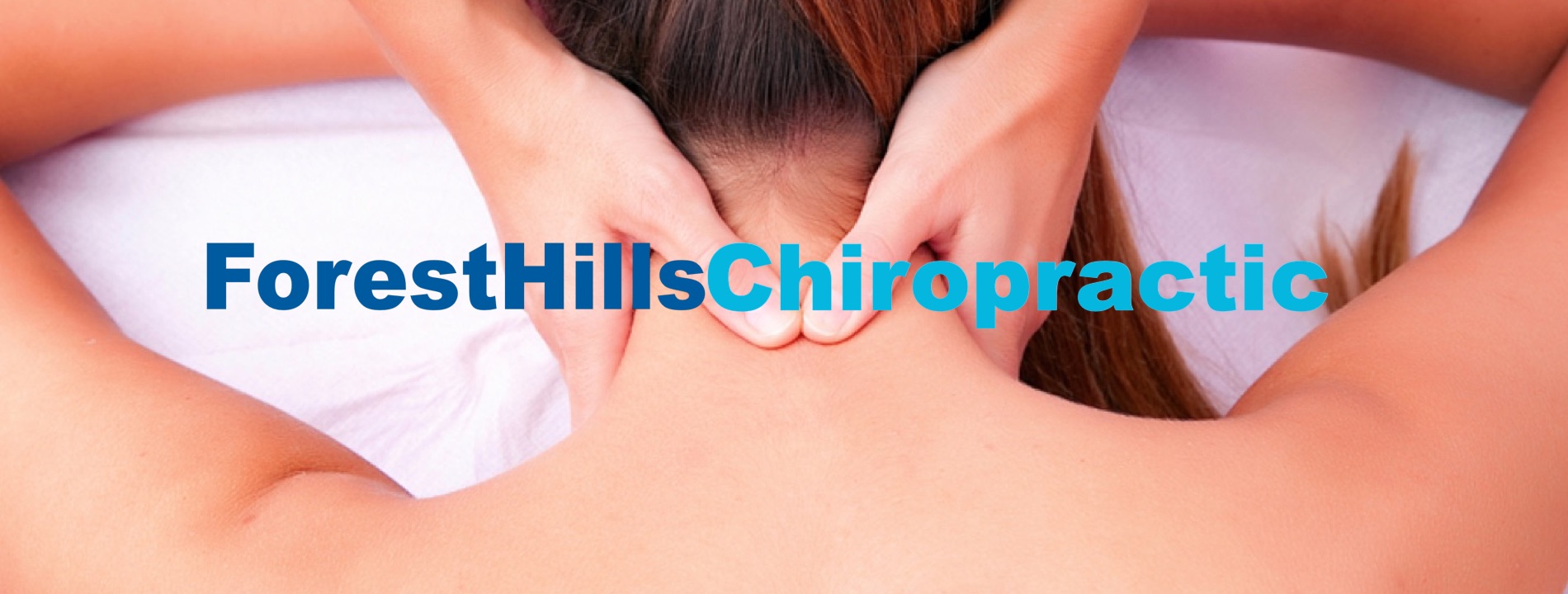Physical Therapy Forest Hills - Female Athlete
Role of Physical Therapy in the Female Athlete Triad
The Female Athlete Triad is a group of interrelated conditions that affect female athletes, particularly teenage athletes. It is widely believed that an energy imbalance is the cause, combined with competitive forces. This disrupts eating patterns and body image for female athletes. Despite the fact that this is common in athletes, several aspects of the triad are seen in non-athletes as well.
The three medical conditions associated with the triad are:
Disordered eating: anorexia, purging, induced vomiting
Amenorrhea: adverse impact on menstrual cycles
Osteoporosis: low bone mass/density
Causes
There are times when the athlete exercises excessively while the body is experiencing an energy deficit. A reduced caloric intake combined with malnutrition leads to a pattern of disordered eating.
The pressure to ‘be thin’ is compounded by a society that idolizes celebrities and pop stars. This can result in compulsive dieting and exercise. For a growing teenage athlete, bone density can compromised if there are deficiencies in protein, vitamins and calcium. For female athletes participating in figure skating, ballet and gymnastics in particular, awareness is critical.
Symptoms
Coaches, parents and guardians should be aware of the following warning signs:
Rapid weight loss or marked leanness
Obsession about weight, body image and food.
Shin splints that don’t heal
Reduced participation or loss of interest in sports
Exercise and Nutrition - A Healthy Foundation for Every Individual
Treatment involves:
Prevention of compulsive dieting by working with a sports nutritionist.
Increasing the strength of muscles, ligaments, bones and joints must be increased with a progressive exercise program designed by a physical therapist.
Physical therapy for athletes begins with a detailed evaluation of the flexibility, strength, range of motion and athletic goals.
The physical therapist is a critical member of the healthcare team and works closely with a coach and athletic trainer. The physical therapist may use a combination of the following treatments:
Ultrasound to heal connective tissue (tendons and ligaments).
Manipulative therapy that includes stretching and massage.
Resistance training to increase muscle strength.
Cold compress for acute injuries and heat to relax muscular spasms.
Low-level laser use for muscle and connective tissue injuries.
Functional Electrical Stimulation to restore strength in the muscles.
The use of tape to support muscles and assistive devices as needed to support joints.
Massage From Your Physical Therapist
Success Starts with the Right Attitude
Physical therapy can keep young athletes healthy, strong and safe, but success begins with the right attitude towards the inner and outer self. Every physical active female should take three simple precautions to protect against the triad:
Eat healthy meals at regular intervals. Use nutritional supplementation if necessary.
Discuss menstrual irregularities (or sudden fluctuations in body weight) with your physician.
Track exercise and calorie expenditure.
An environment that makes the female athlete feel safe and comfortable encourages honest conversations that help identify underlying problems. If you suspect that someone in your family has some of the symptoms associated with the triad, seek medical attention immediately. Physical therapy is an important part of long-term treatment of this condition. In fact, physical therapy can help most individuals to live a healthy, improved quality of life. Call us today to schedule an appointment. Your success is our success.





